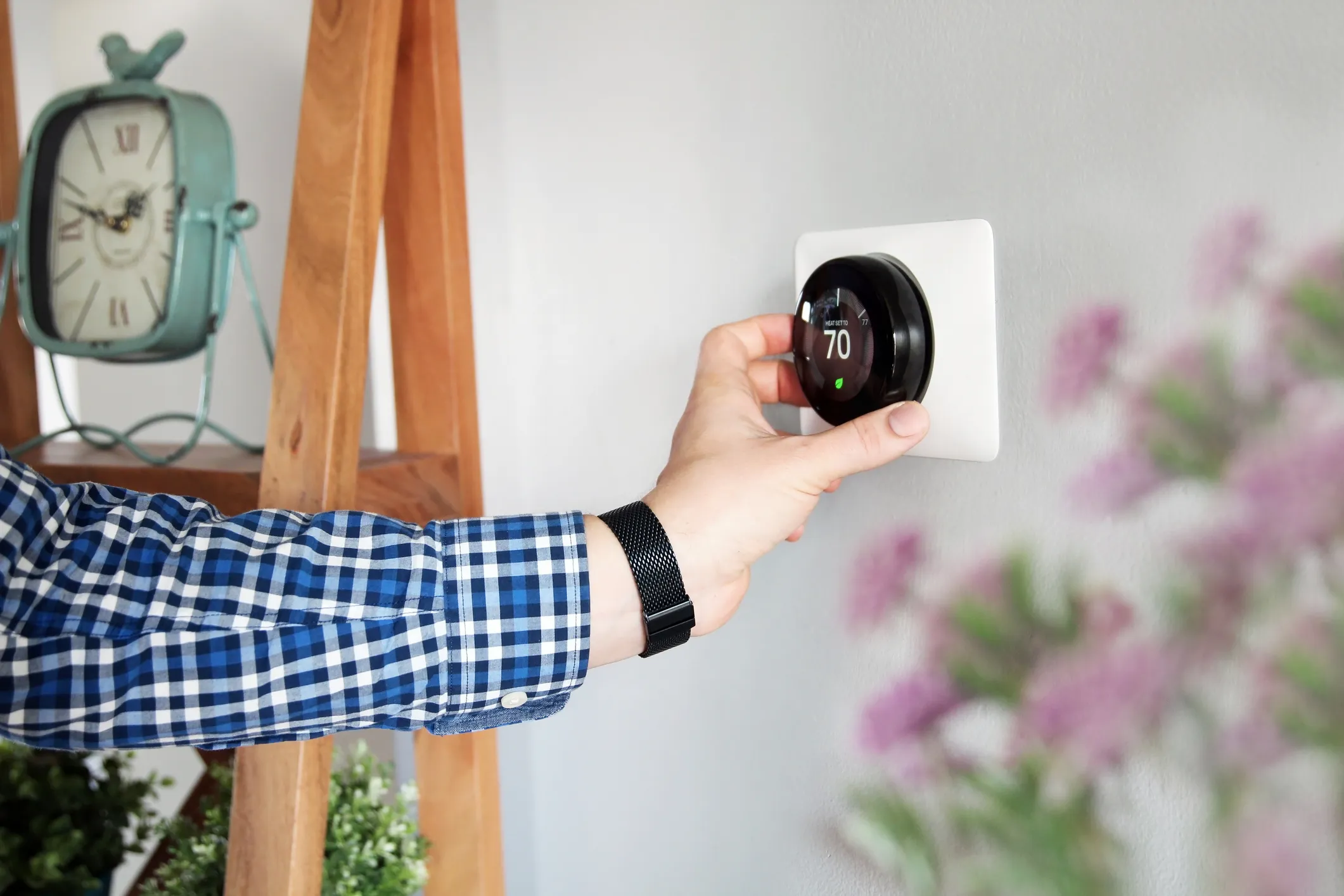Heating vs. Cooling: What Costs More
Have you ever noticed how your energy bills increase whenever you try to keep cool in the heat of summer or warm during winter’s coldest nights? This struggle has made many homeowners try to learn for themselves whether heating or cooling their home costs more?
Trying to find this out isn’t always straightforward, as it can depend on a few things. Take a closer look at each one to help you determine whether your bills may be higher in the summer or the winter. Then, try out the following tips to keep monthly energy costs down throughout the year.
What Type of HVAC System Is Installed?
The equipment you use to cool and heat your home has a significant impact on your utility bills. Options include the traditional furnace and air conditioner combo to an innovative heat pump or ductless mini-split. Older, less efficient systems tend to have higher operating costs, while newer models deliver higher efficiency.
At the point your existing HVAC unit is more than 10 years old and you’re looking to save on heating and cooling, we recommend a high-efficiency HVAC system. The perfect option for you relies on your home’s size and layout, your local climate, and whether your home needs new ductwork or not.
Your Choice of Fuel for Heating and Cooling: Impact on Costs
The cost of heating and cooling two different homes may differ greatly based on their fuel sources. In many areas, natural gas is more affordable than electricity, making gas furnaces more affordable to operate than electric air conditioners.
On that note, electric furnaces are notoriously expensive to run. If electricity is your only or most preferred option, a heat pump is a better option for efficiency. This system offers both heating and cooling capabilities at a reduced cost of operation than traditional electric furnaces or space heaters.
Considering Solar Panels for Economical Heating and Cooling?
Putting in solar panels can considerably lower electricity costs, making them a wise financial decision for many homeowners. Solar panels are an ideal strategy for homes with primarily electric HVAC systems, including heat pumps or electric furnaces and air conditioners, as they use the sun’s renewable energy to power these systems.
Of course, solar energy can’t reduce the costs coming from natural gas or other fossil fuels. So with this setup, heating with a gas-powered furnace is more expensive than cooling with an electric AC.
The Influence of Climate on Your Heating and Cooling Expenses
The weather in your region is one of the most relevant factors affecting heating and cooling costs. In general, the greater the temperature difference between indoors and outdoors, the higher your energy use will need to be to maintain comfortable temperatures.
As a result, cooling costs typically exceed heating costs in hot southern climates, where the need to combat high outdoor temperatures is more intense. On the other hand, annual heating costs are almost always much higher than cooling costs in temperate climates with long, cold winters, reflecting the energy needed to keep the home warm no matter how cold it gets.
Setting Your Thermostat and Its Impact on Utility Bills
Your thermostat settings have a direct effect on what you pay for heating and cooling. Preferences vary; some prefer their homes warmer, leading to higher heating costs, while others prefer a cooler environment, adding to their total cooling costs. Adjust your thermostat accordingly for winter and higher in the summer, and then dress for the season to stay comfortable while saving on energy bills. A smart thermostat can optimize your thermostat settings, lowering your overall expenses.
How Landscaping Affects Your Heating and Cooling Costs
You might not consider it initially, but the landscaping’s shrubs and trees around your home greatly influences home temperatures. Plants that offer afternoon shade for your house lower cooling costs in the summer but can block warming sunlight in the winter. Conversely, having no shade on your property leads to more costly cooling expenses and lower heating bills.
Want to make your landscaping work for you? Strategically plant deciduous trees on the property’s south and west sides. This generates summertime shade while enabling the sunlight to filter through in the winter once the trees have lost all their leaves.
What Direction Does Your Home Face?
Even the direction of your home impacts its sun exposure, in turn influencing heating and cooling needs. Homes with considerable southern exposure receive more sunlight, making them simpler to keep warm in the winter but possibly more challenging to cool in the summer. Homes looking north, meanwhile, get less direct sunlight, which is better in the summer but needing more heat in the winter.
Personalized Heating and Cooling Solutions from Winnipeg Supply Service Experts
Every homeowner’s situation is distinct. That’s why Winnipeg Supply Service Experts offers tailored HVAC solutions to enhance comfort and efficiency. Our fast, long-lasting services and repairs are designed to address all your comfort problems. So, if you want to lower your heating and cooling costs without sacrificing comfort, contact Winnipeg Supply Service Experts for tailored assistance.

